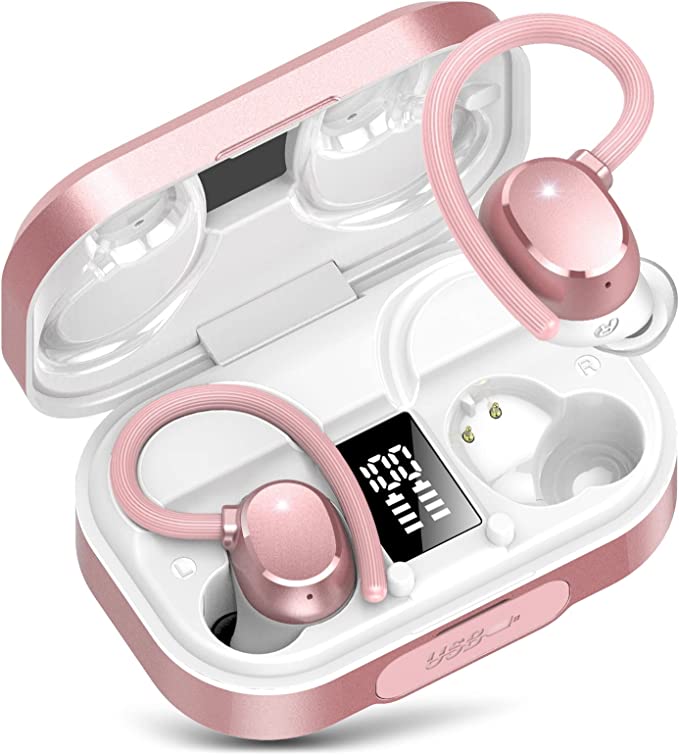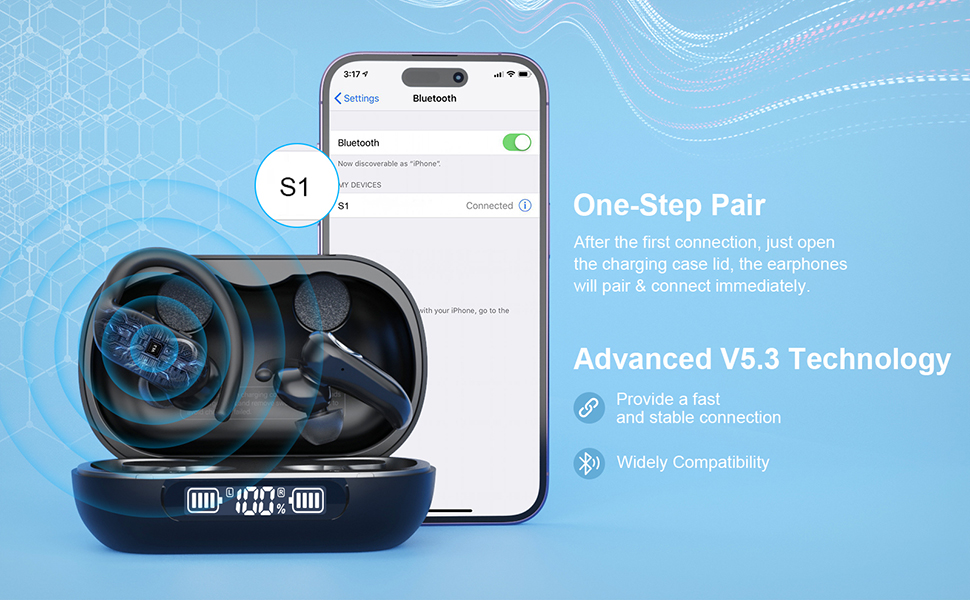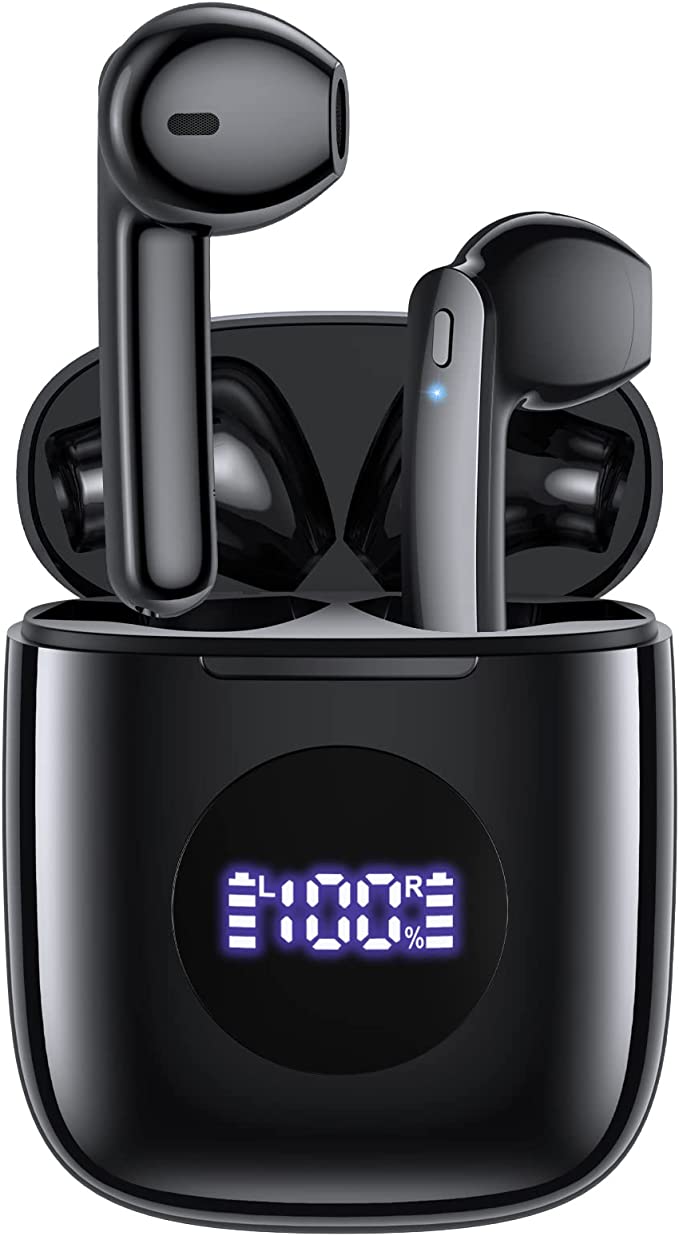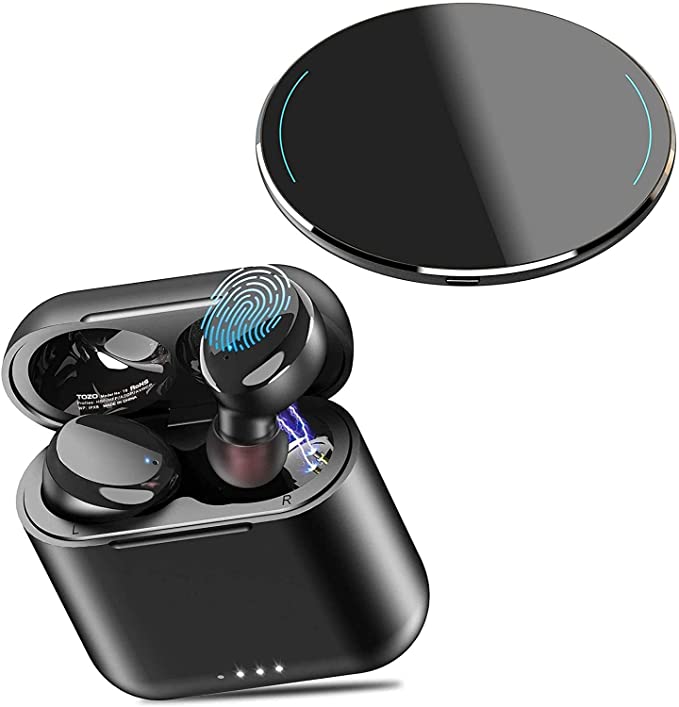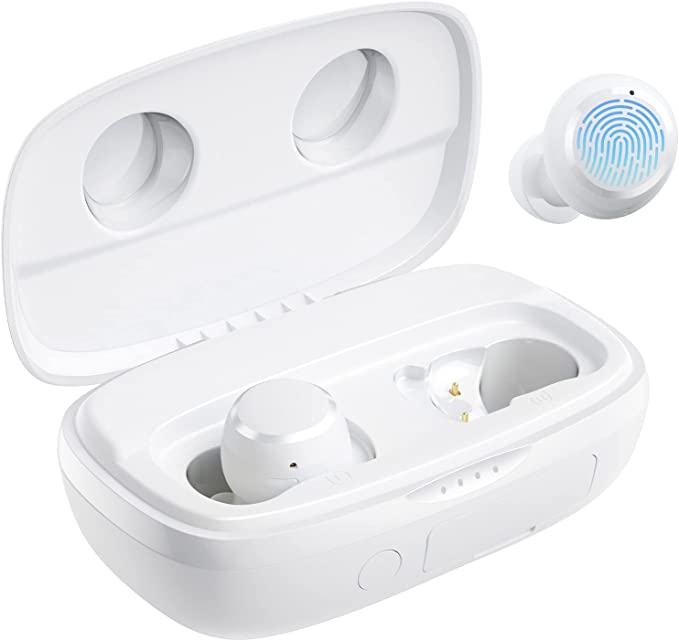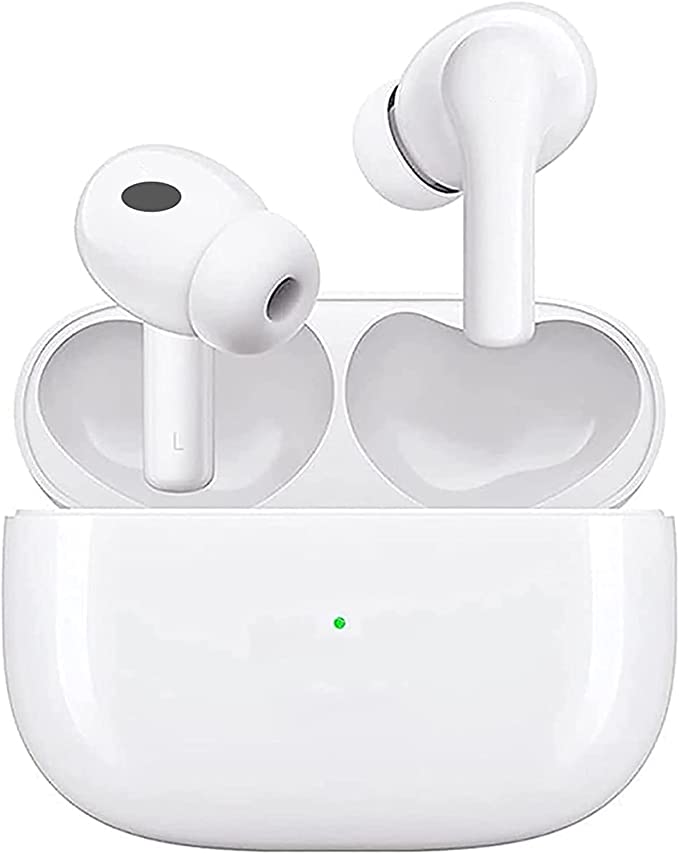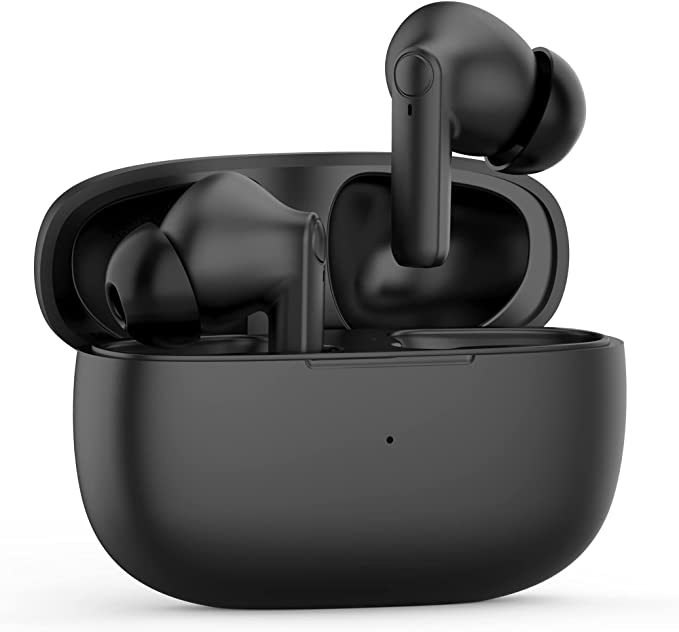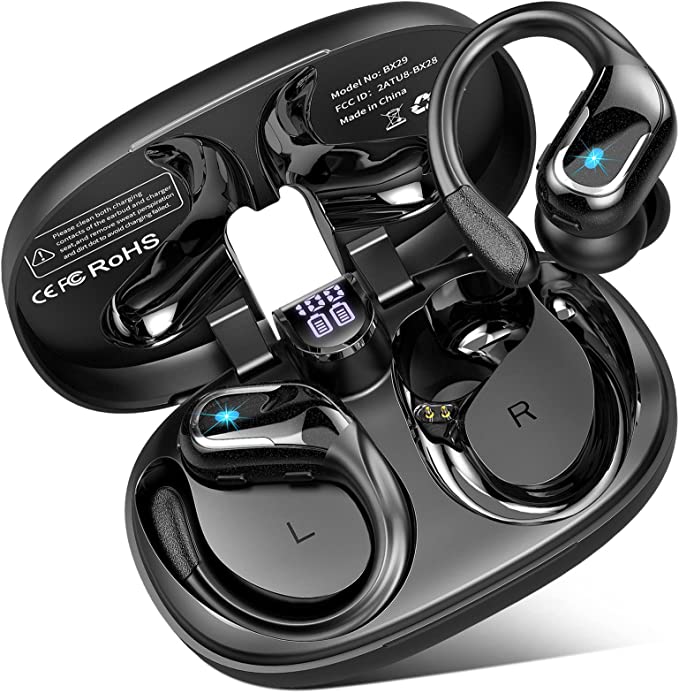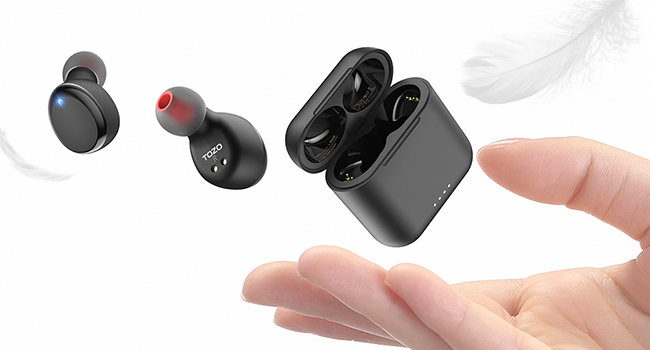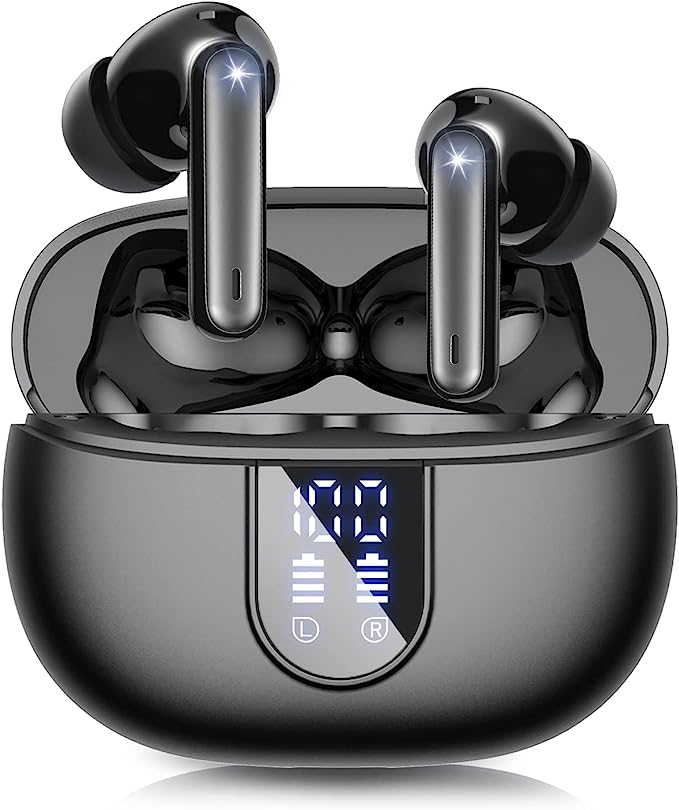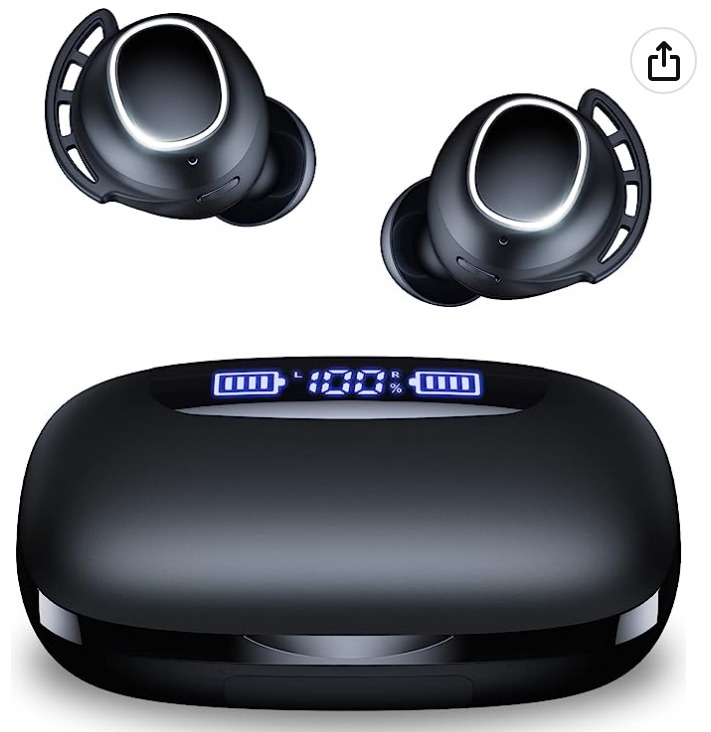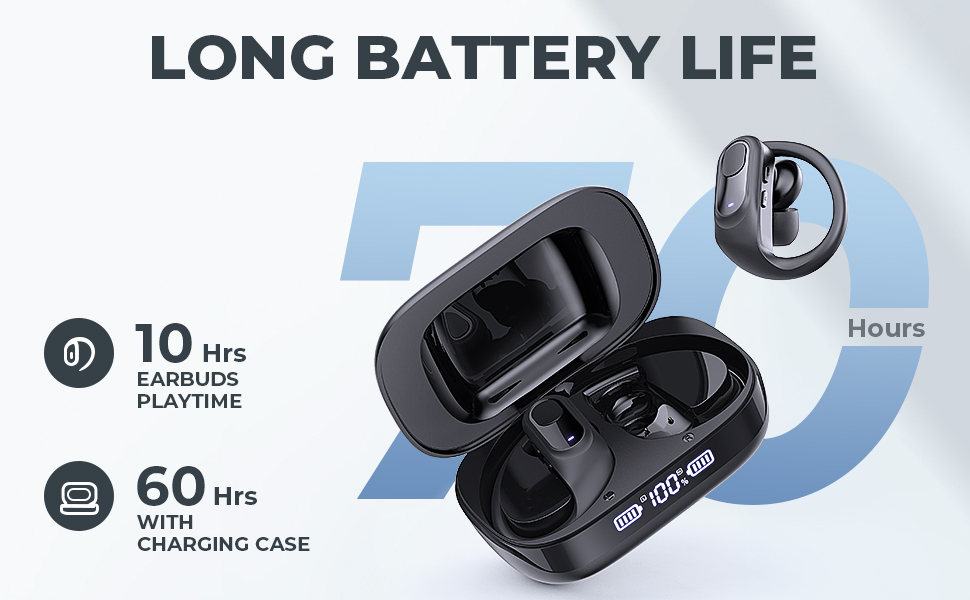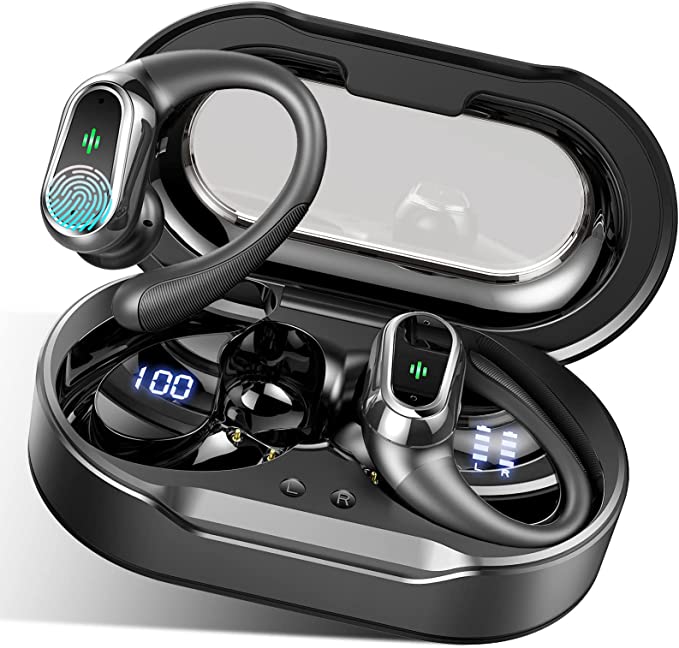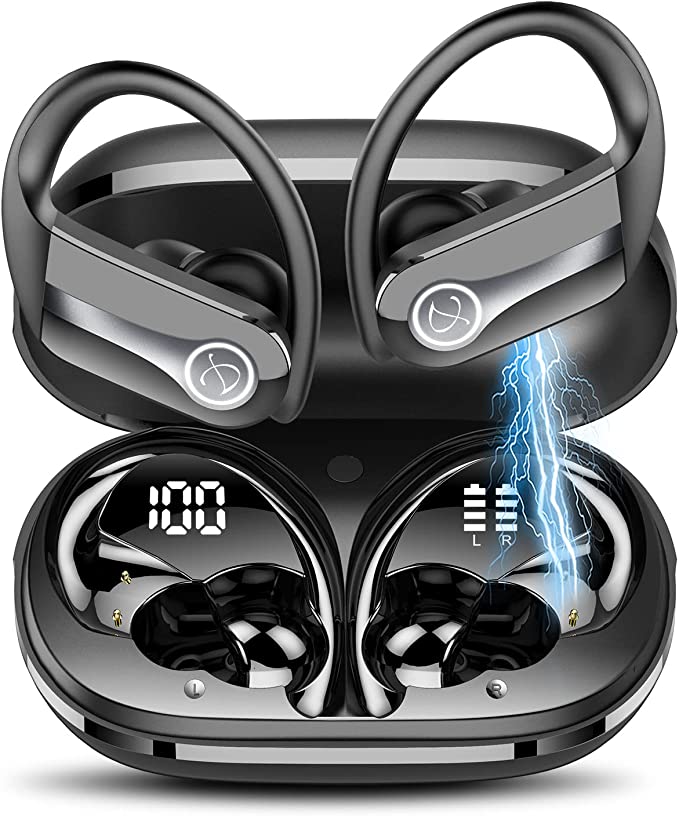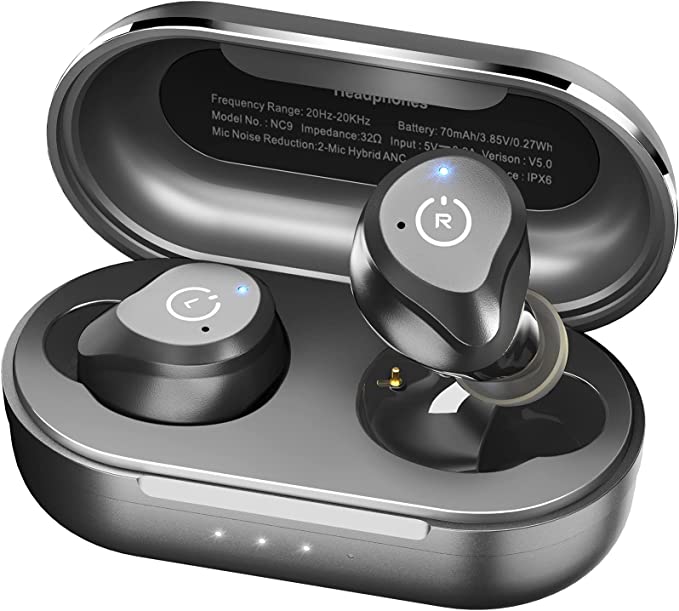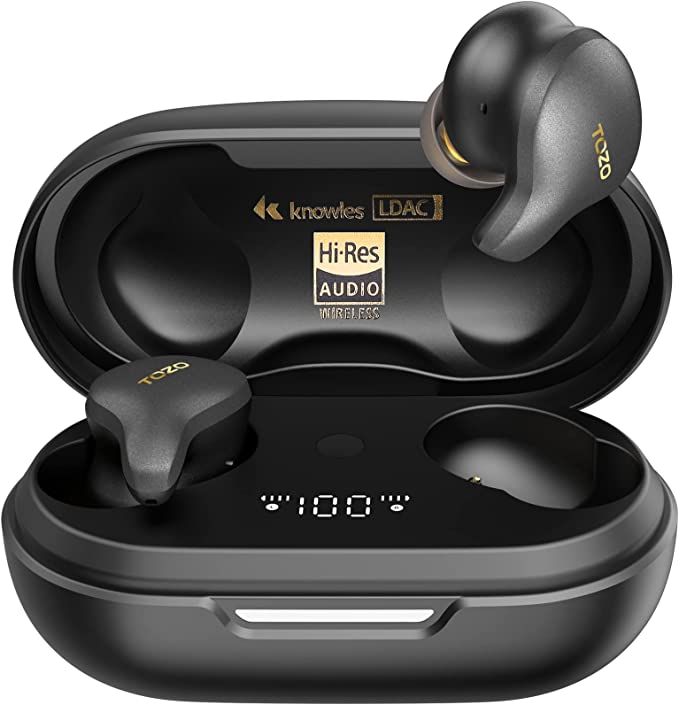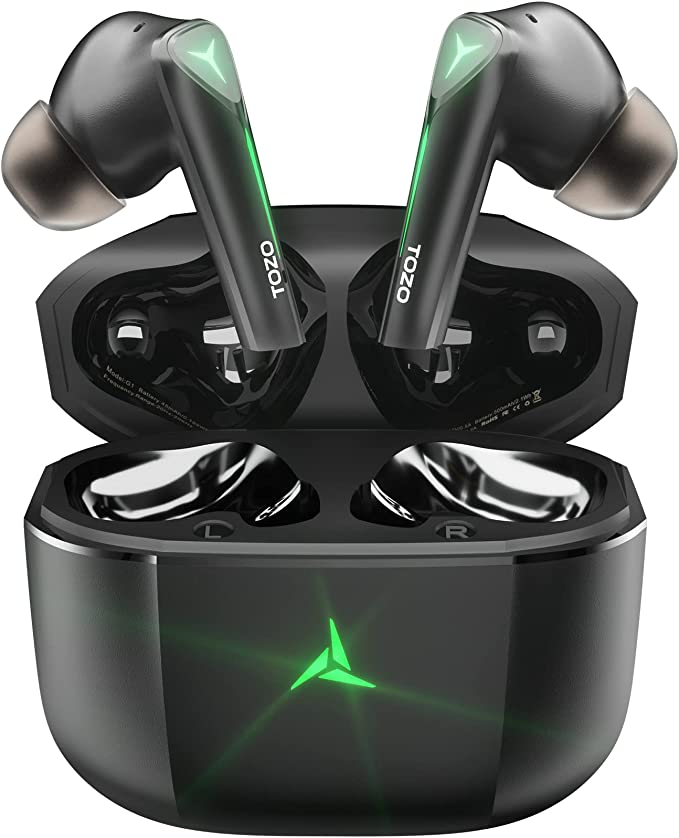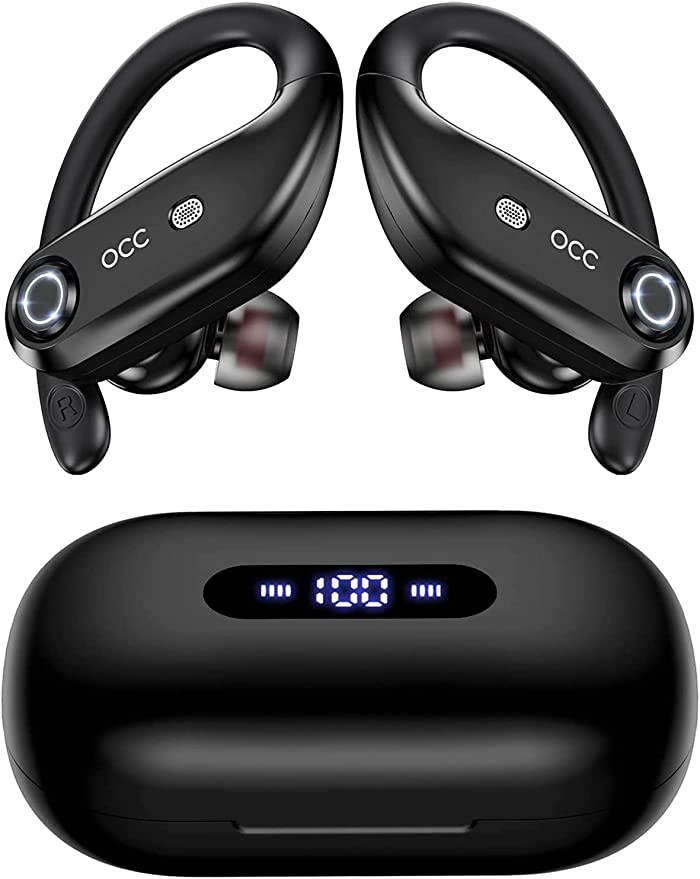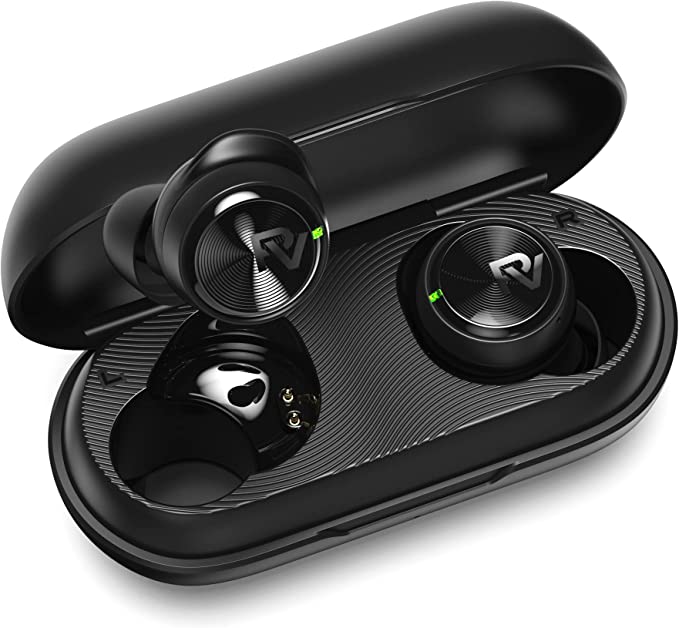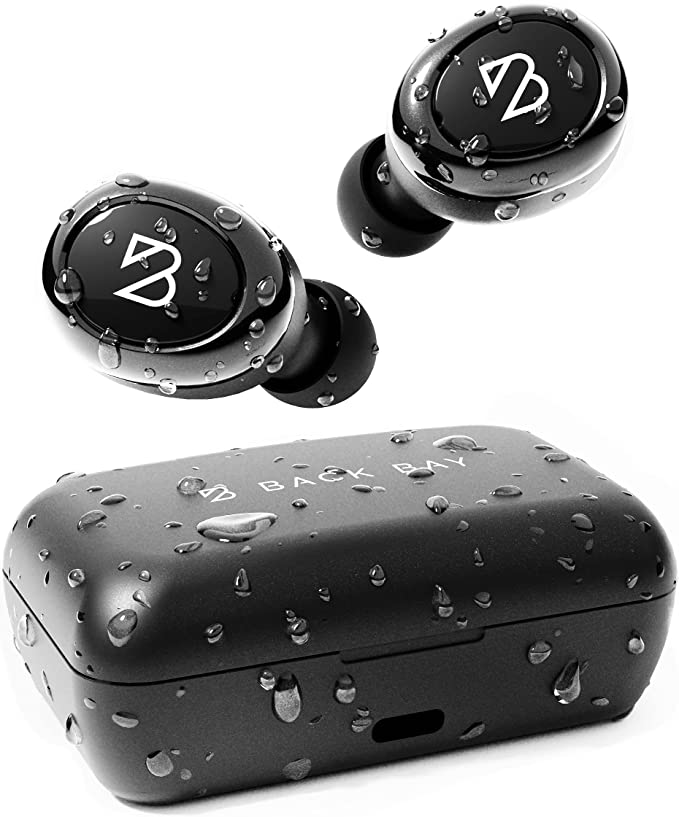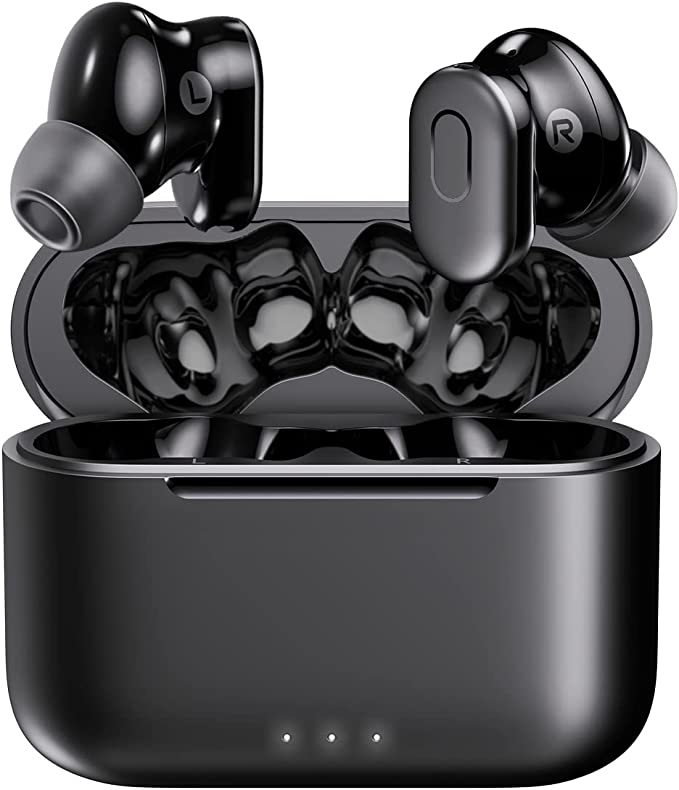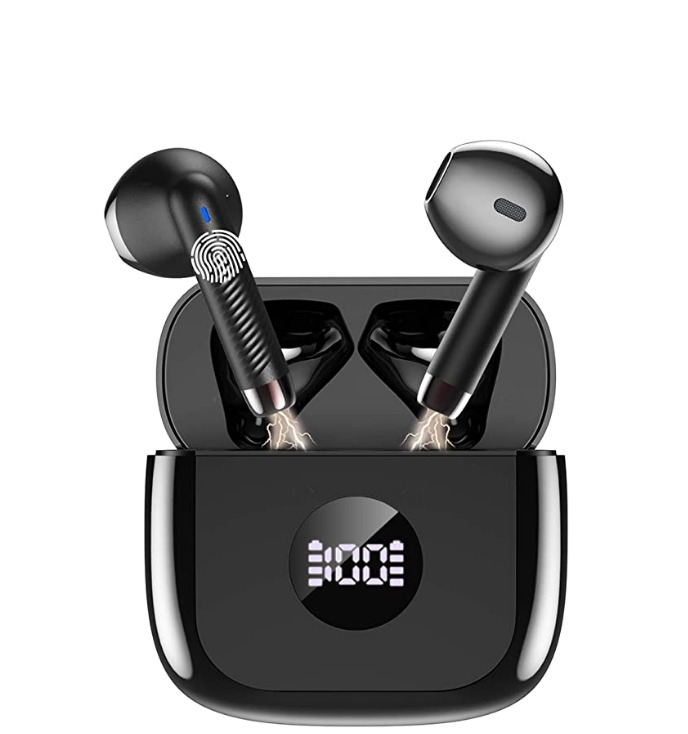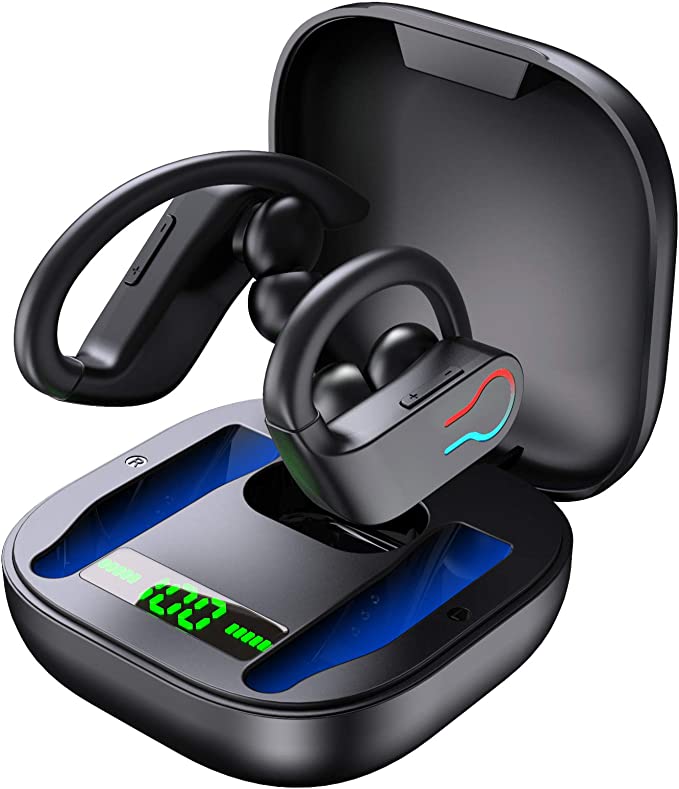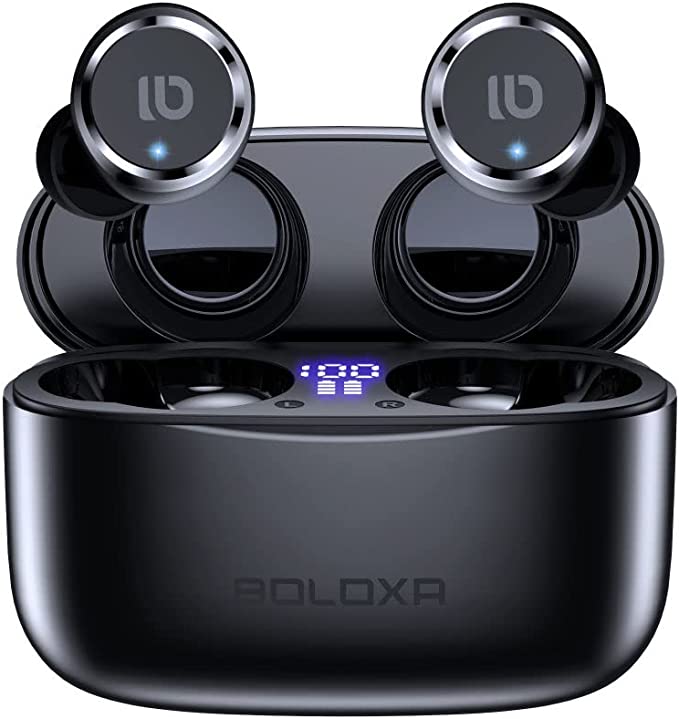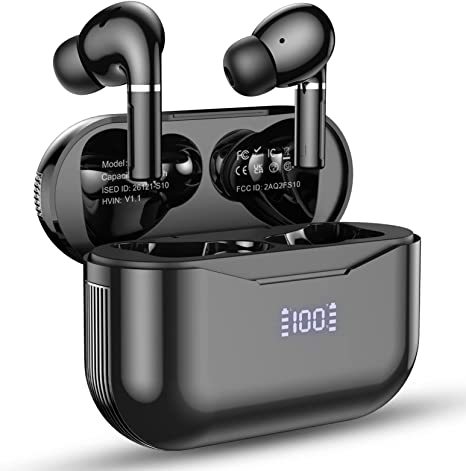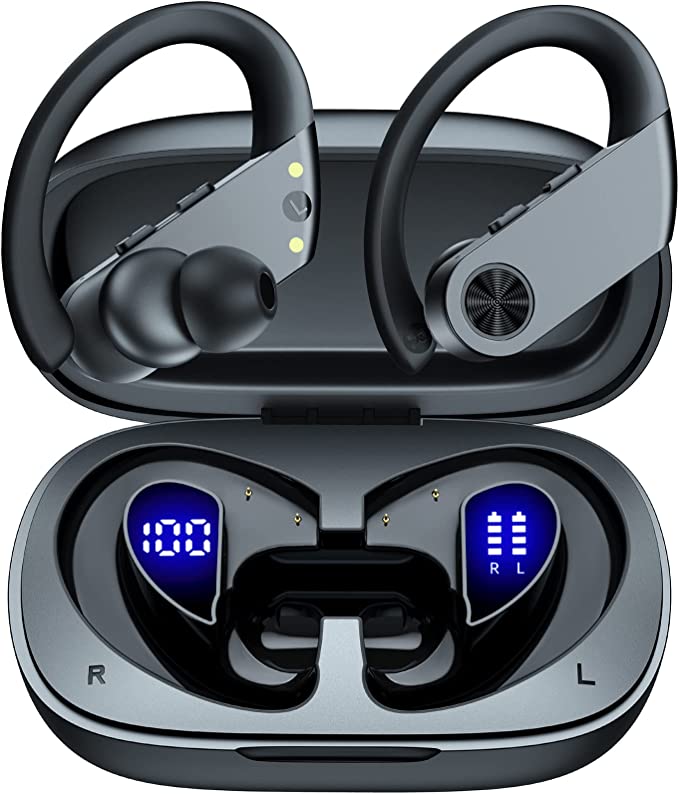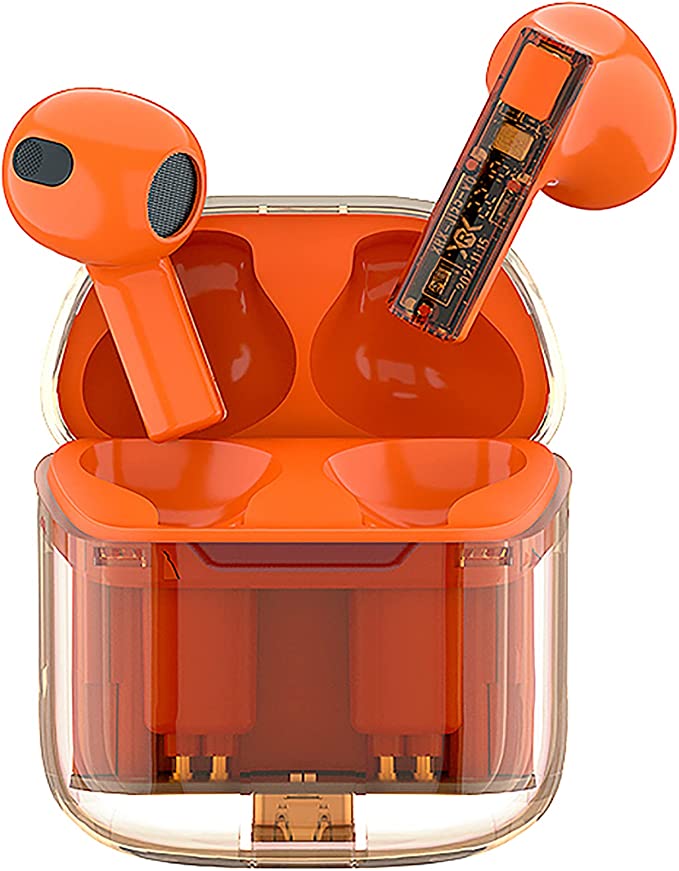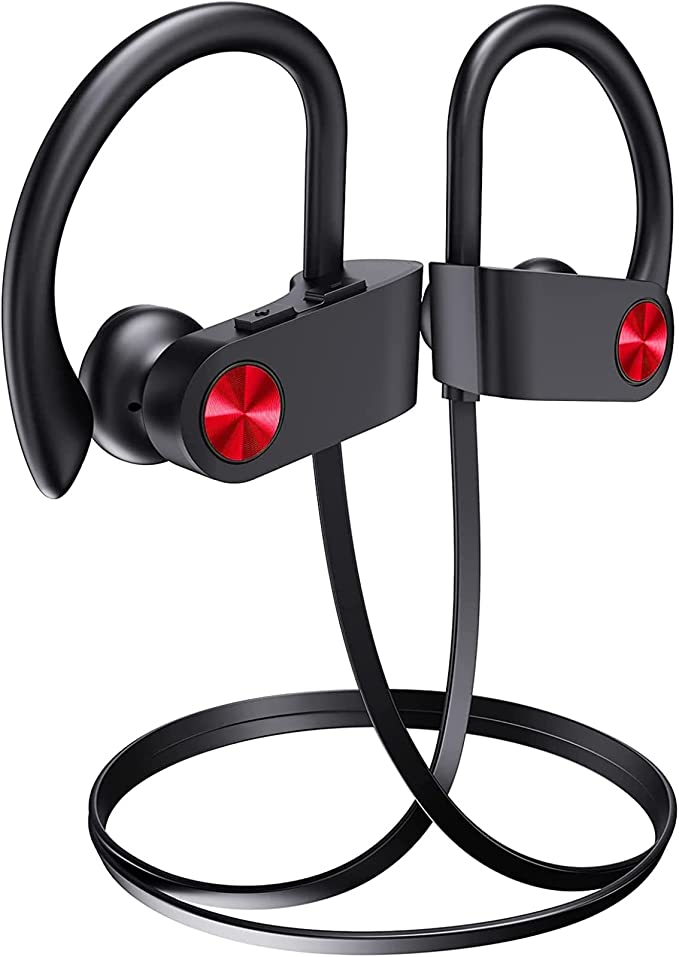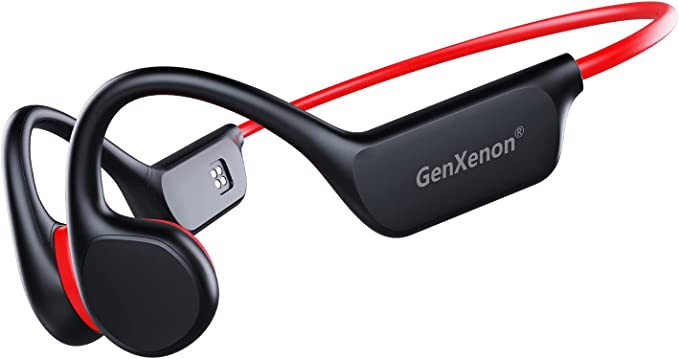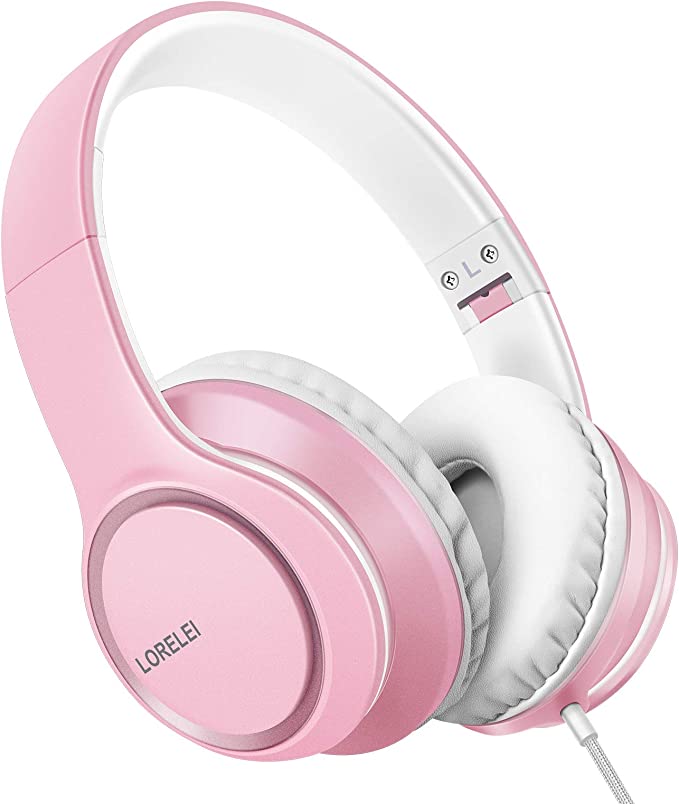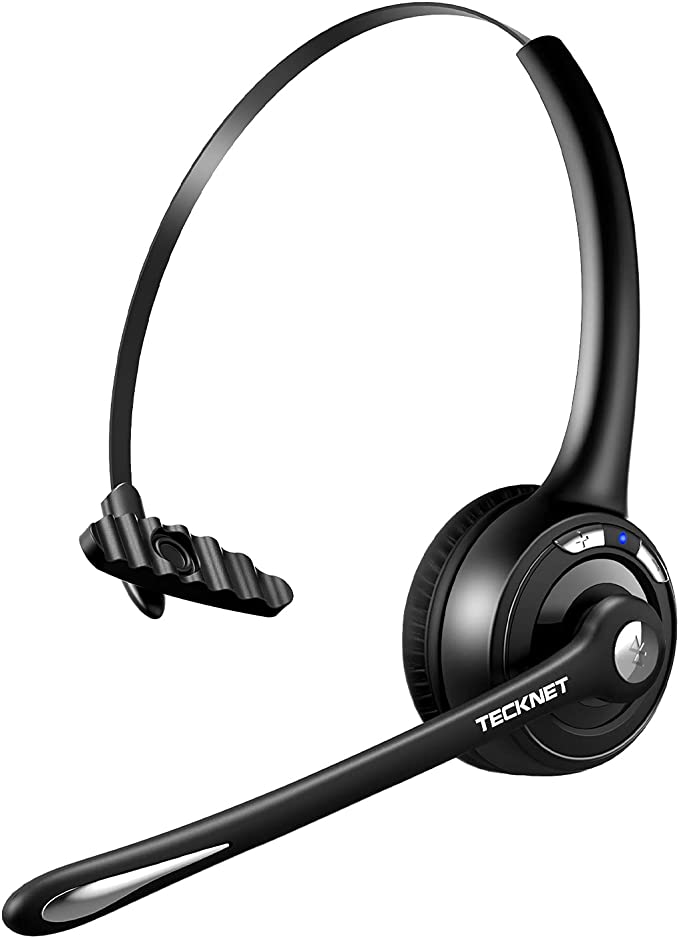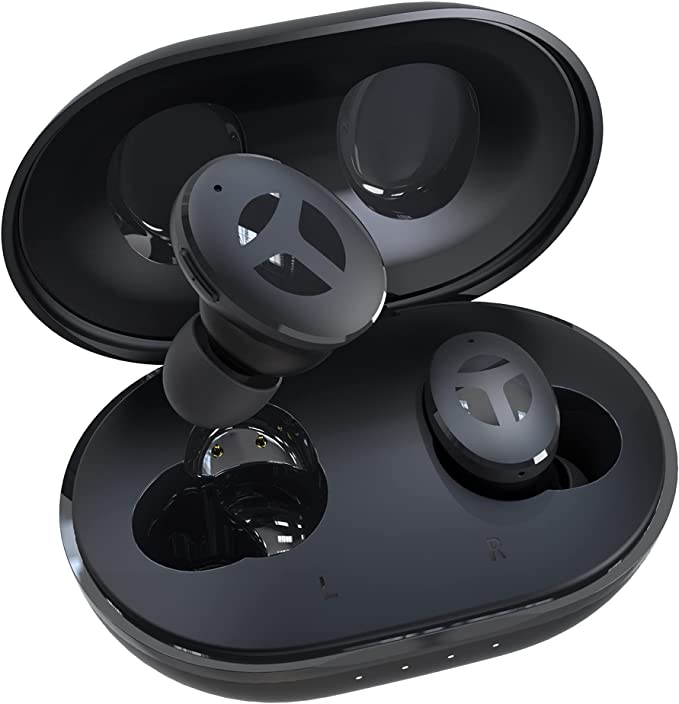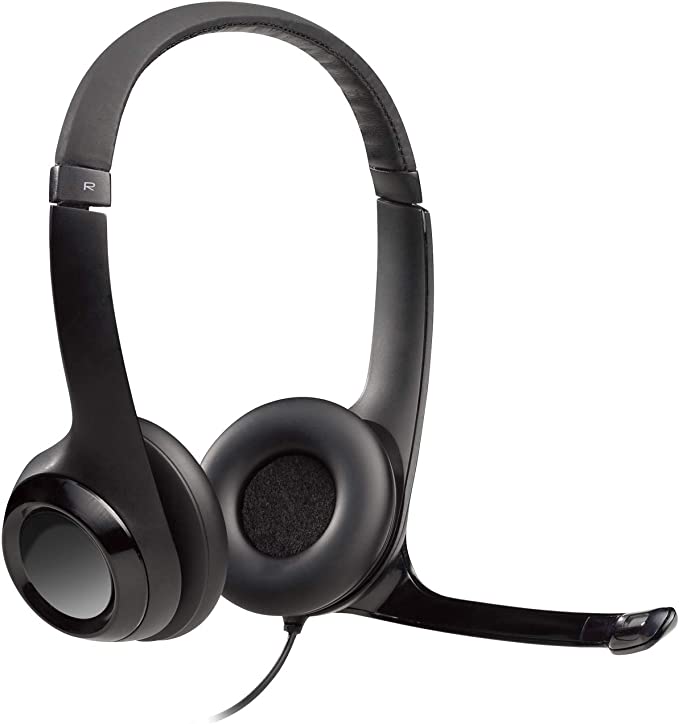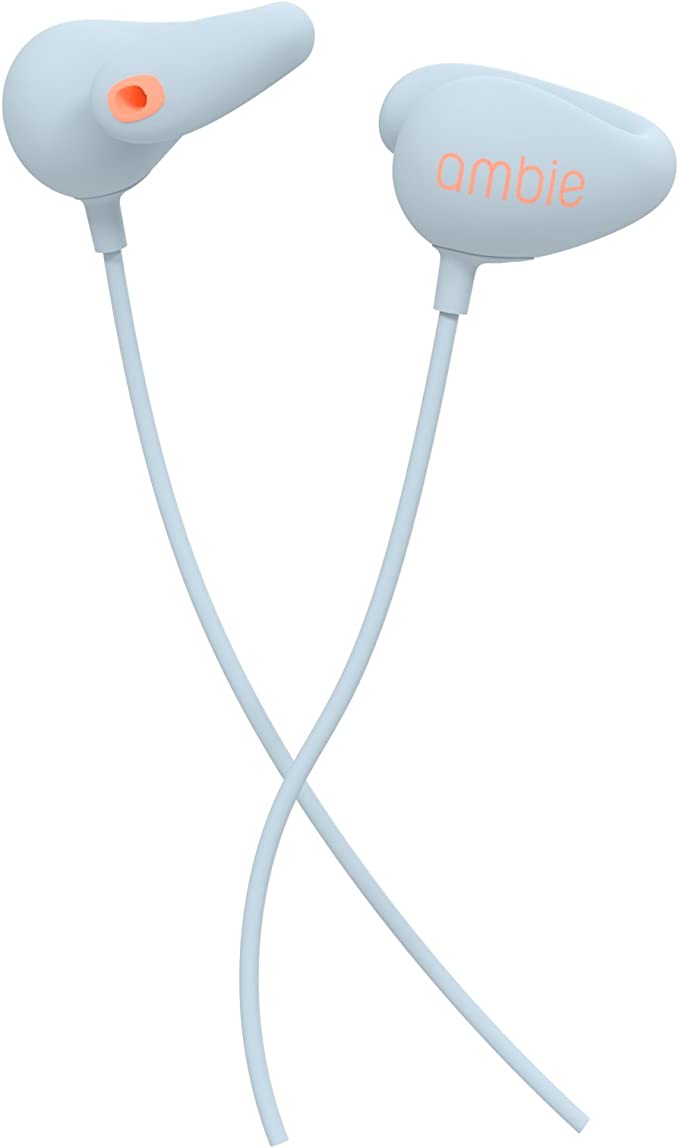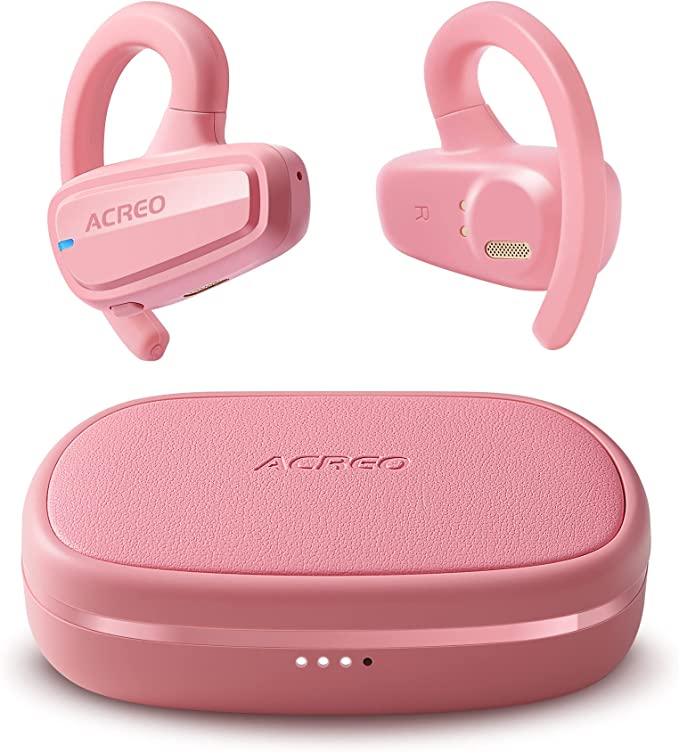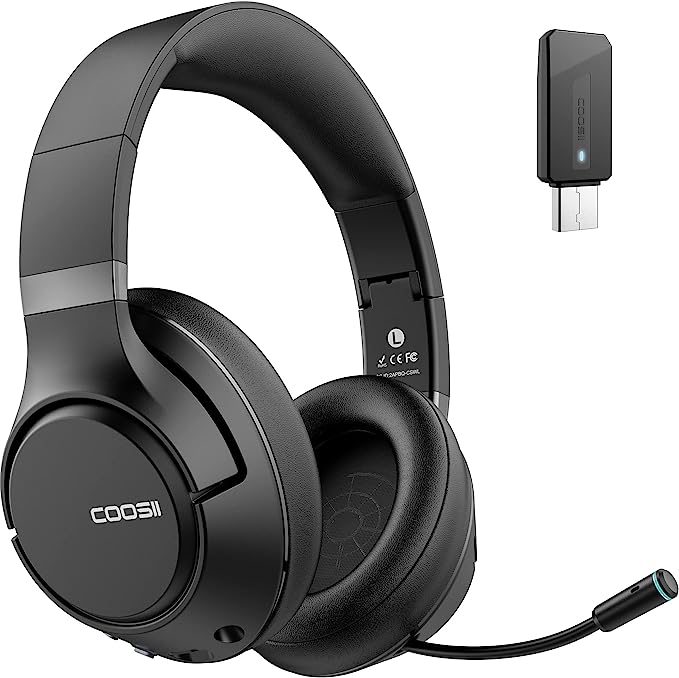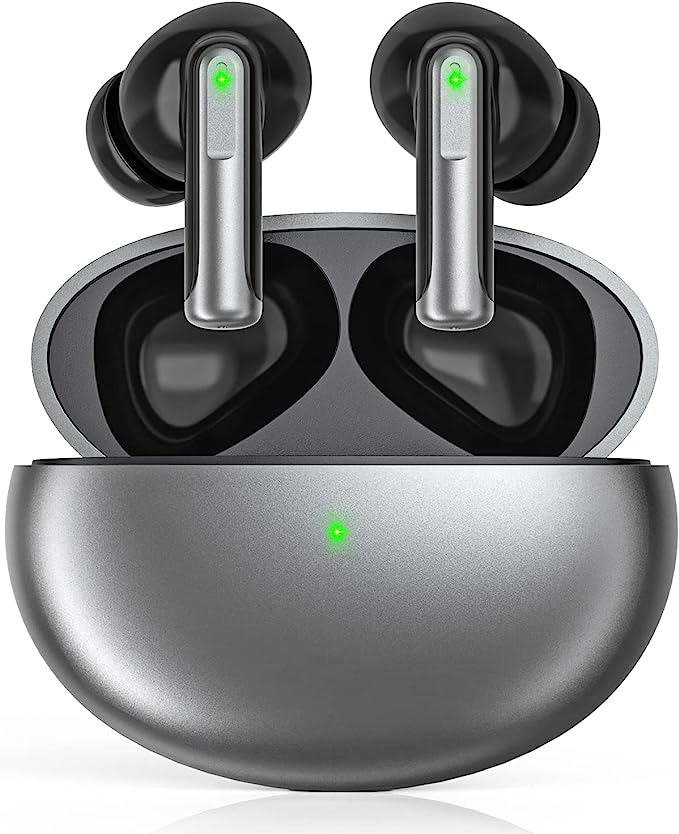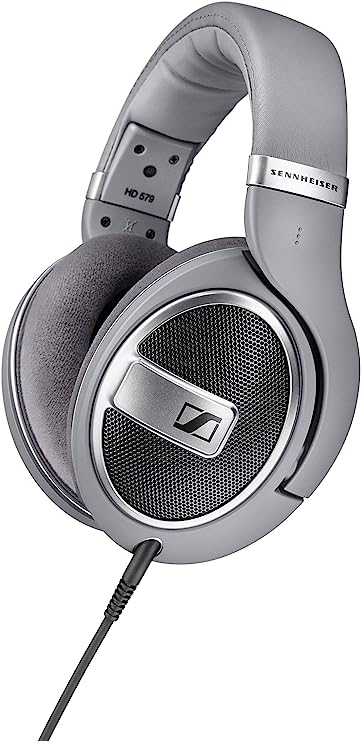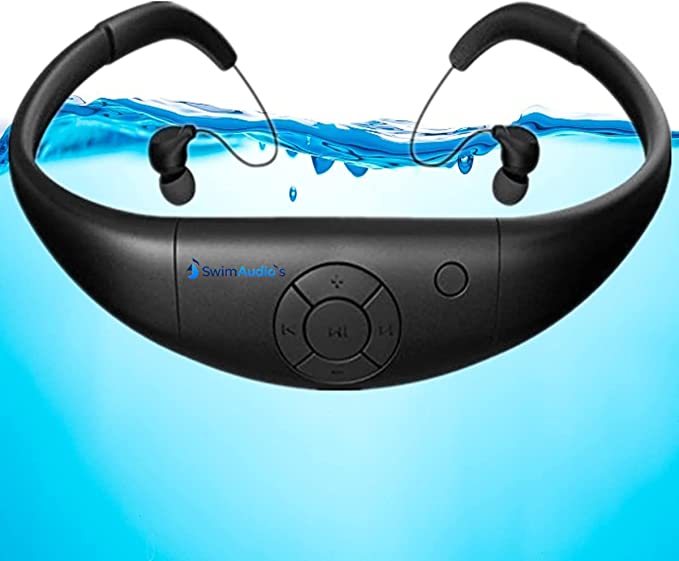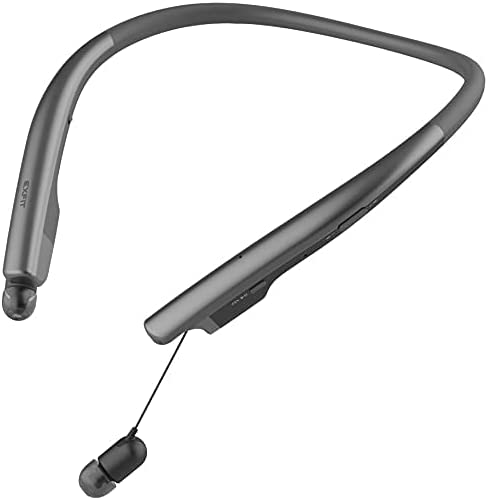Boean B10 Wireless Earbuds: Unpacking the Science of Sound, Connectivity, and Endurance
Update on May 30, 2025, 2:12 p.m.
It’s a familiar scene: you’re navigating a bustling city street, a motivating beat in your ears; perhaps you’re on a crucial call, hands-free, while making coffee; or maybe you’re unwinding with a podcast as the day fades. Wireless earbuds have almost invisibly stitched themselves into the fabric of our modern lives, becoming a personal soundtrack provider, a communication lifeline, and a portal to worlds of information and entertainment. They are sleek, convenient, and increasingly sophisticated. But have you ever paused, mid-song or mid-sentence, and wondered about the intricate dance of science and engineering that allows these tiny companions to perform such auditory feats?
Beyond the polished exterior and the promise of untethered freedom lies a fascinating convergence of physics, materials science, wireless communication theory, and ergonomic design. To truly appreciate these pocket-sized powerhouses, let’s journey through the science that makes them tick. While we’ll refer to the features described for a product like the Boean B10 Wireless Earbuds (based on its provided product information) as our illustrative guide, our focus will be on the universally applicable scientific principles that underpin the entire category of modern wireless audio devices. This isn’t a review, but rather an exploration of the everyday magic we so often take for granted.

The Art of Listening – Crafting Your Personal Sound Bubble
The core purpose of any earbud is, of course, to deliver sound. But how does that happen, and how is the experience shaped?
From Silence to Symphony: The Journey of a Sound Wave
Before we dive into the hardware, let’s have a quick, engaging refresher on sound itself. At its essence, sound is a vibration that travels as a wave, typically through the air, to tickle our eardrums. These waves have two key characteristics we perceive: frequency, which our brain interprets as pitch (how high or low a note is, measured in Hertz or Hz), and amplitude, which relates to loudness. The average human ear can generally perceive frequencies from about 20 Hz (a deep, rumbling bass) to 20,000 Hz (a piercingly high treble). The magic of an earbud lies in its ability to faithfully recreate these complex vibrations, transforming electrical signals back into the rich tapestry of music or the nuances of a human voice.
The Tiny Titan: Inside a Modern Earbud’s Dynamic Driver
Now, imagine trying to shrink a traditional loudspeaker, with all its components, down to something that fits comfortably in your ear canal, all without sacrificing too much of its ability to move air and create sound. That’s the engineering challenge that dynamic drivers, the workhorses of most earbuds including those like the Boean B10 (which its information states uses 6mm drivers), elegantly solve.
Think of a dynamic driver as a miniature, high-precision drum. It consists of a diaphragm (a thin, lightweight membrane that acts like the drum skin), a voice coil (a coil of fine wire attached to the diaphragm), and a permanent magnet. When the electrical audio signal from your phone or music player arrives at the earbud, it flows through this voice coil. This current creates a fluctuating magnetic field around the coil, which then interacts with the stationary field of the permanent magnet. This magnetic push-and-pull causes the voice coil – and with it, the diaphragm – to vibrate incredibly rapidly. These vibrations displace the air, generating pressure waves that our ears capture and our brains decode as sound.
The size of the driver (6mm in the Boean B10’s case, as per its description) is a critical design choice. Generally, larger drivers can move more air, which can be beneficial for producing lower bass frequencies. However, they also need to be agile enough to accurately reproduce high frequencies and fit within the tiny earbud housing. Engineers meticulously tune these drivers to achieve a balanced sound profile. The Boean B10 product information, for instance, claims its drivers aim for “powerful deep bass” (reaching down to a purported 18Hz) and “clear high pitch” (up to an asserted 20kHz). For you, the listener, this translates to feeling the thump of a bass drum in your favorite track while still hearing the crisp shimmer of a cymbal or the subtle inflections in a speaker’s voice.

Beyond Stereo: The Allure of “3D Spatial Sound”
Many modern audio devices, and the Boean B10 description is no exception in mentioning “3D spatial sound,” aim to create an auditory experience that feels more expansive and immersive than traditional stereo. Stereo sound, with its distinct left and right channels, was a huge leap forward, giving music a sense of width. Spatial audio technologies attempt to take this further, creating the illusion that sound is coming from all around you – above, below, in front, and behind.
But how is this “three-dimensional” feeling achieved, especially from two small sound sources nestled in your ears? This is where psychoacoustics, the science of how we perceive sound, comes into play. Our brains are remarkably adept at interpreting tiny differences in the timing, loudness, and frequency of sounds reaching each ear to determine a sound’s location and the characteristics of the space around us. Spatial audio algorithms leverage these principles. By subtly manipulating these cues in the audio signal delivered to each earbud, they can effectively “trick” your brain into perceiving a wider, deeper, and more enveloping soundstage. While the specific techniques can vary wildly (and are often proprietary), the goal is to make your music feel less like it’s being piped directly into your head and more like you’re sitting in the middle of a live performance or a rich, cinematic soundscape.

The Unseen Handshake – Mastering Wireless Freedom with Bluetooth
The “wireless” aspect of these earbuds is a marvel in itself, predominantly powered by Bluetooth technology.
A Royal Connection: The Surprisingly Noble Story of Bluetooth
Ever wondered where that curious name “Bluetooth” came from? It’s not a dental condition, but a nod to history! The technology was named after Harald “Bluetooth” Gormsson, a 10th-century Danish king famed for uniting warring Scandinavian tribes. Similarly, the founders of the Bluetooth standard envisioned it as a way to unite different communication protocols and devices. It’s a fun piece of trivia that adds a layer of character to this ubiquitous technology.
From its early days, when connections could be a bit finicky and audio quality sometimes compromised, Bluetooth has undergone significant evolution. Each new version – and the Boean B10 description highlights its use of Bluetooth 5.3 – aims to bring improvements in speed, range, stability, and, crucially for portable devices, power efficiency.
The Boean B10 and the Promise of Bluetooth 5.3: What’s in It for You?
So, what does a newer version like Bluetooth 5.3, as claimed for the Boean B10, actually mean for your daily experience?
- A Smoother Ride for Your Audio Data: The Boean B10’s product information suggests Bluetooth 5.3 delivers a “faster and more stable wireless connection.” Imagine your audio data traveling from your phone to your earbuds. Older Bluetooth versions were like a single-lane country road, sometimes prone to congestion (dropouts or stutters), especially in areasinterference-heavy areas. Bluetooth 5.3, with its underlying technical enhancements, is more like a modern multi-lane expressway. It’s designed for more robust connections, capable of handling data more efficiently and resisting interference better. This means fewer annoying skips when you’re walking through a crowded area or when other wireless devices are nearby.
- The Alphabet Soup of Sound (HSP, HFP, A2DP, AVRCP): The Boean B10 information mentions support for these Bluetooth “profiles.” Think of profiles as specific job descriptions for Bluetooth. HSP (Headset Profile) and HFP (Hands-Free Profile) are vital for voice calls, enabling your earbuds to act as a wireless headset with microphone input and call control functions. A2DP (Advanced Audio Distribution Profile) is the star for music lovers, as it’s responsible for streaming high-quality stereo audio. And AVRCP (Audio/Video Remote Control Profile) is what lets you use the buttons on your earbuds to play, pause, skip tracks, or adjust volume without reaching for your phone. Together, these ensure that your earbuds are versatile tools for both listening and communication.
- The Energy Game Changer: One of the most significant, yet often unsung, benefits of later Bluetooth iterations like 5.3 is their focus on Low Energy (LE) audio principles and improved power management. The chips are designed to sip power, not guzzle it, during data transmission and even when idle but connected. This efficiency is a key reason why tiny earbuds can now boast such impressive playback times. For you, this means more music, more podcasts, and more calls between charges.
- Chasing Perfect Sync: While not always explicitly quantified in consumer specs, newer Bluetooth versions generally work towards reducing latency. Latency is the tiny delay between an event happening on your device (like a character speaking in a video or an explosion in a game) and you actually hearing the corresponding sound. High latency can be incredibly jarring. Technologies within Bluetooth 5.3 and associated audio codecs aim to minimize this lag, making for a much more synchronized and enjoyable experience when watching videos or gaming.

The Marathon Runner – Powering Through Your Day (and Then Some)
For any portable electronic device, battery life is king. Wireless earbuds are no exception.
The Mighty Micro-Battery: A Tiny Powerhouse in Your Ear
The unsung hero behind those hours of untethered listening is the lithium-ion (or lithium-polymer) battery. These remarkable chemical power storage devices have revolutionized portable electronics due to their high energy density – meaning they can pack a lot of power into a very small and lightweight package. This is precisely what’s needed for something as compact as an earbud. The science involves lithium ions shuttling between an anode and a cathode during charge and discharge cycles, a miniature electrochemical dance that releases or stores energy.
Going the Distance: An Earbud’s Claimed Stamina
The Boean B10 product information, for example, states an impressive “10 hours” of playtime from a single charge of the earbuds, with the charging case extending this to a “total 46 hours.” How is such longevity achieved from such small cells?
It’s a combination of factors:
- Battery Cell Capacity: Simply put, how much energy the tiny batteries inside the earbuds and the (relatively larger) battery inside the charging case can physically store.
- Power Efficiency of Components: This is where technologies like Bluetooth 5.3 shine. Every component, from the Bluetooth chip to the audio amplifier, is designed to perform its function using the minimum necessary power.
- Software Optimization: Clever power management algorithms in the earbud’s firmware also play a role, putting parts of the system into low-power sleep states when not actively in use.
For you, this translates into less “battery anxiety.” It could mean getting through an entire workday of calls and background music, surviving a long-haul flight with your favorite playlists, or going several days of regular gym sessions before needing to find a power outlet for the case.
Juicing Up: The Modern Ritual of Recharging
When it’s finally time to refuel, convenience is key. The Boean B10 information mentions that the earbuds themselves take about an hour to charge when placed in their case (which typically connects via a USB-C cable these days). The case itself, as per the B10 product details, also supports wireless charging, a feature many find incredibly convenient. This technology generally relies on inductive coupling: coils in the charging pad and the earbud case create a magnetic field that transfers energy wirelessly. The B10’s case is said to take about 1.5 hours to charge this way (though, as is common, the wireless charging pad itself is usually an optional accessory).

The Everyday Armor – Designed for Life’s Little Adventures
Beyond pure audio and battery performance, how well do these devices stand up to the rigors of daily life?
Braving the Elements: What Does IPX8 Waterproofing Really Mean?
If you’re someone who likes to listen to music while working out, or you’ve ever been caught in an unexpected rain shower, you’ll appreciate a good level of water resistance. The Boean B10 product information highlights an IPX8 waterproof rating. Let’s decode that:
- “IP” stands for Ingress Protection. It’s an international standard (IEC 60529) that classifies the degree of protection provided by enclosures of electrical equipment against the intrusion of solid objects (like dust) and liquids.
- The first digit after “IP” relates to solid particle protection. The “X” in IPX8 means the device hasn’t been specifically rated for dust ingress according to this particular standard (though it might still offer some dust resistance).
- The second digit, the “8” in IPX8, is what we’re interested in for water. An “8” signifies a very high level of liquid ingress protection. Specifically, it means the equipment is suitable for continuous immersion in water under conditions specified by the manufacturer, which must be more severe than those for IPX7 (which is immersion up to 1 meter). The Boean B10’s description clarifies its IPX8 rating as withstanding submersion “for 1.2 meters for 30 mins.”
How is this achieved? Often, it’s a combination of meticulous sealing of the earbud casing and the application of an “inner Nano-coating,” as mentioned for the B10. This nano-coating is a microscopically thin layer of a hydrophobic (water-repelling) material applied to the internal electronic components. It works by drastically increasing the surface tension when water comes into contact with it, causing droplets to bead up and roll off rather than seeping in.
For you, an IPX8 rating, as described, means your earbuds should comfortably survive a sweaty gym session, a run in the rain, or an accidental splash. However, it’s crucial to note the common caveat, also present in the B10’s information: “(Not for swimming).” The rating typically doesn’t account for the prolonged exposure, pressures, or chemicals (like chlorine) involved in swimming.

The Satisfying Click: Why “Real Buttons” Still Matter
In an era dominated by touch-sensitive surfaces, the choice of control mechanism on an earbud can significantly impact usability. The Boean B10, according to its description, opts for “Physical buttons (not touch activated),” citing the benefit of “more accurate control.”
While touch controls can feel sleek and modern, they can sometimes be prone to accidental activation – a brush of hair, a stray raindrop, or an adjustment of fit can inadvertently pause your music or skip a track. Physical buttons, on the other hand, provide tactile feedback: that satisfying, definitive click lets you know your command has been registered. This can be particularly advantageous when you’re active, wearing gloves, or simply prefer the reassurance of a tangible interaction. It’s a design choice that prioritizes deliberate action over an sometimes overly sensitive interface.
The Comfort Factor: When Ergonomics Meet Your Ears
All the technology in the world doesn’t count for much if the earbuds are uncomfortable to wear for more than a few minutes. This is where ergonomic design comes in. The goal is to create a shape that conforms as closely as possible to the complex contours of the average human ear, specifically the concha (the outer bowl) and the entrance to the ear canal. Good ergonomic design, as touted in the Boean B10 information, aims for a secure fit that won’t easily dislodge during movement, and distributes pressure evenly to prevent soreness during extended listening sessions.
A crucial part of this ergonomic equation is the selection of eartips – those little silicone or foam pieces that sit in your ear canal. The B10 description mentions “customized eartips,” which typically means they come with several pairs in different sizes and sometimes even shapes. Finding the right eartip size is paramount. It not only ensures comfort and stability but also creates a proper seal. This seal is vital for good sound quality, particularly for bass response (as it prevents sound leakage), and it also provides a degree of passive noise isolation, helping to block out some ambient sounds even without active noise cancellation.

The Symphony in Your Pocket – Appreciating the Science We Carry
The journey through the Boean B10’s described features, and the broader science they represent, reveals these wireless earbuds as tiny ambassadors of incredible technological progress. From the fundamental physics of sound reproduction handled by dynamic drivers, to the intricacies of Bluetooth ensuring a stable yet power-efficient wireless link; from the electrochemistry within their miniature lithium-ion batteries, to the materials science behind their waterproof nano-coatings – it all converges to deliver a seamless and rich auditory experience.
Each time you pop in your wireless earbuds, you’re engaging with a symphony of scientific principles and engineering ingenuity, meticulously designed to integrate into your life and enhance your connection to the world of sound. As technology continues its relentless march forward, we can only anticipate that these personal audio companions will become even more capable, more intuitive, and more attuned to our individual needs. For now, perhaps the greatest takeaway is a renewed appreciation for the invisible marvels we carry with us every day, a testament to human creativity making life sound just a little bit better.
